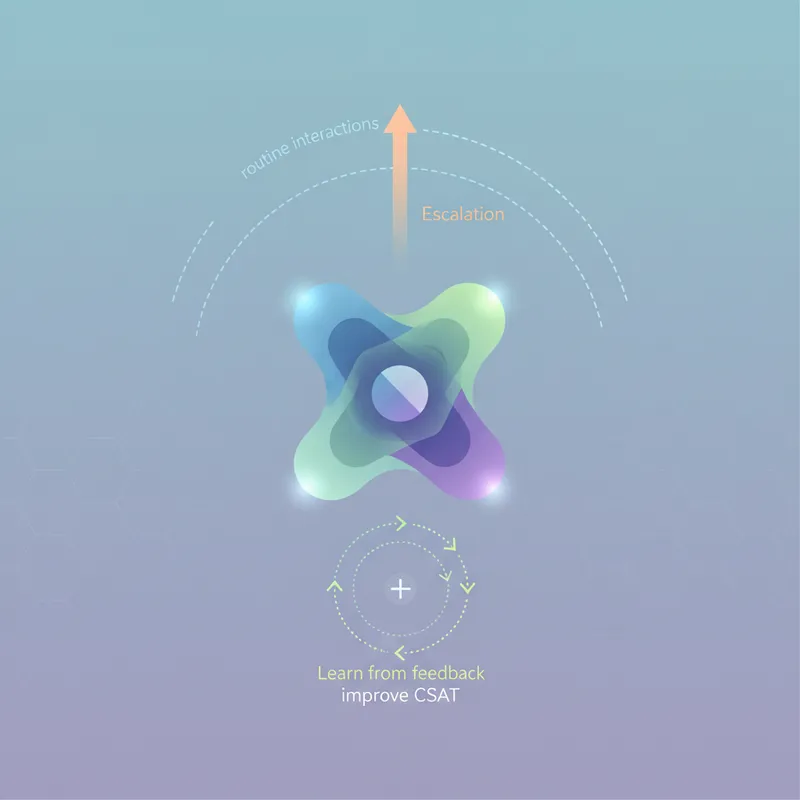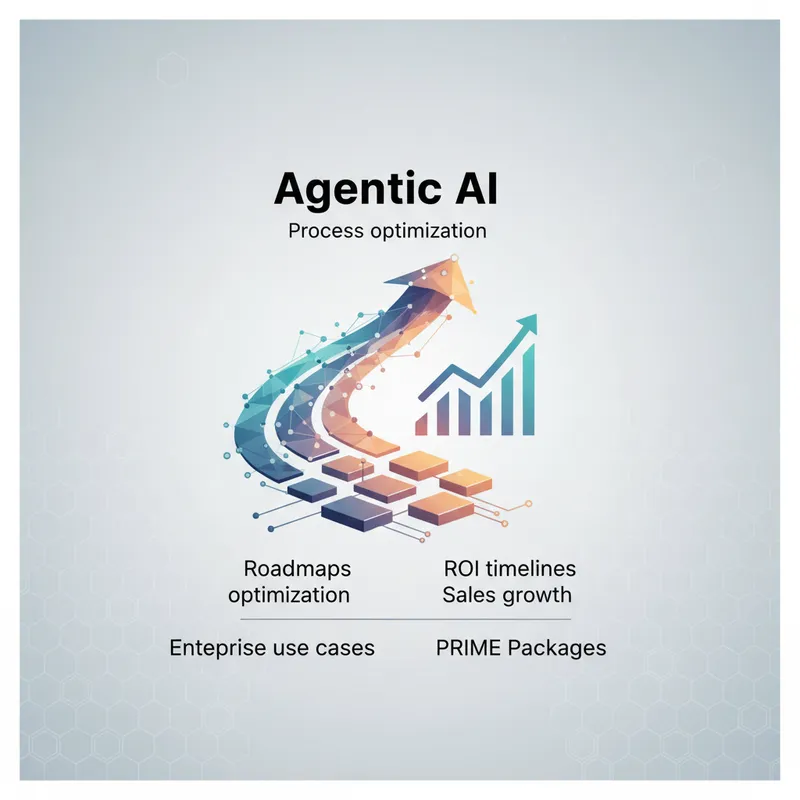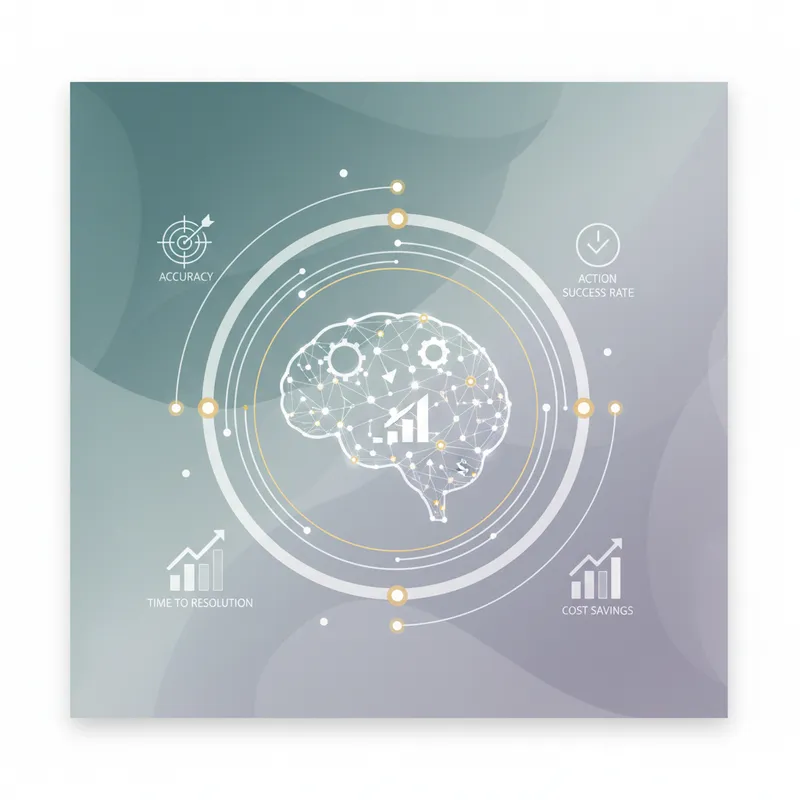
The sustainability of AI automation is moving from theoretical benefit to measurable operational advantage. As companies streamline processes with intelligent automation, they can reduce waste, lower energy consumption, and cut costs while improving service quality. This post explores how optimized workflows contribute to environmental goals, practical actions leaders can take, and ways to measure the sustainability of AI automation across diverse operations. It is written for business leaders, sustainability practitioners, and technical teams who need actionable guidance on designing and governing automated systems that deliver both efficiency and reduced environmental impact.
Across industries, the sustainability of AI automation offers a pathway to decouple growth from resource intensity. When workflows are redesigned with resource efficiency in mind, organizations can achieve meaningful reductions in material use, energy demand, and process waste. In this article we present evidence-based strategies, operational examples, and measurement approaches to help teams realize the sustainability of AI automation. The guidance prioritizes realistic steps that align with existing business objectives while advancing environmental performance.
Why sustainability and efficiency matter in automated workflows
Automation is more than a productivity lever. The sustainability of AI automation matters because it aligns operational resilience with environmental stewardship. Automation touches data centers, manufacturing floors, supply chains, logistics networks, and office environments. Each automated decision and process loop influences energy demand and resource use. When automation is designed with sustainability in mind, those influences compound into significant environmental benefits. Learn more in our post on Cost Modeling: How Agentic AI Lowers Total Cost of Ownership vs. Traditional Automation.
For organizations facing regulatory pressures and stakeholder expectations, the sustainability of AI automation is a strategic differentiator. Investors, customers, and regulators increasingly expect companies to report environmental impacts and demonstrate continuous improvement. Automations that reduce energy use and waste help organizations meet reporting requirements and support long-term cost containment. They also mitigate risks associated with resource shortages or rising energy prices.
At the same time, efficiency gains from automated workflows can free up capacity for innovation. The sustainability of AI automation is not just about cutting consumption. It is about reallocating human and technical effort to higher value tasks, enabling new services that themselves can be more sustainable. When teams can focus on strategic work, they are better positioned to design circular processes, reduce material lifecycle impacts, and accelerate decarbonization plans.
Environmental imperatives and business incentives
Governments and markets are shifting toward tougher environmental standards. Companies that adopt the sustainability of AI automation early can reduce compliance costs and shape future norms. The incentive structure is clear: fewer resources consumed per unit of output reduces exposure to volatility in energy and material markets and improves profit margins. The sustainability of AI automation also supports brand credibility, employee retention, and customer loyalty.
Operational leaders should therefore treat sustainability as an integral design constraint for automation projects, not an afterthought. Embedding the sustainability of AI automation into planning and procurement cycles ensures that energy efficiency, lifecycle impacts, and end of life considerations are part of the decision criteria for tools and infrastructure. This approach prevents costly retrofits and unlocks long term value.
How automated workflows reduce waste, energy use, and cost across operations
The sustainability of AI automation shows up in concrete operational improvements. Here are the primary mechanisms through which automated workflows reduce environmental impact: Learn more in our post on Future of Work Q3 2025: Agentic AI as the New Operations Layer.
Process optimization - Automated workflows remove redundant steps, reduce cycle times, and balance loads. These optimizations reduce energy use by minimizing active equipment time and lowering peak demand across facilities.
Predictive scheduling - By forecasting demand and scheduling resources accordingly, automated systems reduce idle time for machines, servers, and vehicles. Predictive scheduling increases utilization efficiency and decreases wasted energy and materials.
Dynamic scaling - Intelligent resource scaling in compute environments adjusts capacity to actual demand. This reduces unnecessary server hours and lowers data center energy consumption while maintaining performance.
Condition based maintenance - Automated condition monitoring prevents overmaintenance and avoids catastrophic failures that can waste materials and incur high environmental costs. Fewer replacements and less unscheduled downtime reduce total lifecycle impacts.
Supply chain orchestration - Automation that optimizes routing, inventory levels, and reorder points reduces transportation emissions and material waste by avoiding excess stock and enabling consolidated shipments.
Across manufacturing, the sustainability of AI automation is often visible in reduced scrap rates and better yield control. Automated systems that guide production parameters can reduce defect rates and minimize raw material consumption. In logistics, route optimization algorithms reduce fuel use and emissions while improving delivery times. In IT operations, workload scheduling and resource autoscaling reduce data center power draw and cooling requirements.
Consider a service environment where billing, customer onboarding, and support workflows are automated. The sustainability of AI automation in such settings is realized through lower paper use, fewer physical site visits, and reduced human travel. These reductions are both environmental and financial, producing immediate cost savings and long term emissions reductions. Equally, intelligent routing and queuing systems reduce overprovisioning of field technicians, which reduces vehicle miles traveled and associated fuel use.
Energy use is a major component of environmental impact. The sustainability of AI automation requires attention to the energy profile of models and infrastructure. Lightweight models deployed at the edge often consume less power than heavy centralized models. Similarly, batch processing during off peak hours can leverage lower carbon grid intensity periods, thereby decreasing the carbon footprint of compute tasks.
Automation also supports waste reduction by enabling circular practices. Automated tracking systems can enforce remanufacturing, reuse, and recycling flows. When combined with sensors and analytics, these workflows can identify items suitable for refurbishment, optimize reverse logistics, and reduce landfill contributions. The sustainability of AI automation helps close material loops and extend the useful life of assets.
In operations where consumables are a major cost, such as laboratories or printing services, automating consumption monitoring and ordering can prevent overstock and expiration. The sustainability of AI automation in those contexts reduces both material waste and capital tied up in inventory. Automated alerts and demand forecasts ensure supplies match true consumption patterns, minimizing waste and cost.
Finally, automated workflows can reduce the carbon intensity of decisions. Decisioning systems that include environmental cost functions can prefer low carbon options when operationally feasible. The sustainability of AI automation is enhanced when objective functions incorporate energy and waste metrics alongside traditional cost and quality measures. This alignment yields decisions that optimize for both business and environmental performance.

Design principles for sustainable automated workflows
To capture the sustainability of AI automation, design teams should use a set of practical principles that guide architecture, model selection, and operational procedures. These principles help ensure that automation projects deliver environmental benefits alongside performance gains. Learn more in our post on Continuous Optimization: Implement Closed‑Loop Feedback for Adaptive Workflows.
First, adopt right sized models and compute. Not every task requires the most complex model. Evaluate model performance relative to energy consumption, and choose the simplest solution that meets business needs. The sustainability of AI automation is achieved when models are matched to use cases and deployed in contexts that minimize energy overhead.
Second, implement adaptive control and dynamic policies. Use automation to shift workloads to lower carbon time windows and to pause or scale down noncritical tasks when energy prices or grid carbon intensity spikes. Integrating real-time signals into workflow orchestration improves efficiency and minimizes environmental impact.
Third, design for observability and feedback. The sustainability of AI automation depends on measurement. Instrument workflows to capture energy, material, and emissions metrics at a granular level so teams can identify opportunities and validate improvements. Continuous feedback loops enable gradual optimization without disrupting core operations.
Fourth, prioritize data efficiency and reuse. Data storage and movement can be energy intensive. Use data retention policies, compression, and smart caching to reduce unnecessary I/O. The sustainability of AI automation benefits from minimizing redundant data flows and storing only what is needed for compliance and analytics.
Lifecycle thinking - Consider design, deployment, maintenance, and decommissioning impacts. Choose hardware and software with longer useful lives and lower embodied carbon where feasible.
Edge versus cloud balance - Balance between centralized compute and edge processing. Edge compute can reduce network transfers and latency but may have different energy profiles. Evaluate tradeoffs to enhance the sustainability of AI automation.
Modular automation - Design workflows as modular components so improvements can be applied incrementally without full redesigns. Modular automation supports experimentation and faster realization of sustainability gains.
Operational policies should encode these principles into procurement, development, and deployment checklists. For example, procurement should include energy efficiency criteria for servers and sensors. Development checklists should require an assessment of expected energy use and potential for batch processing. Deployment rules should enforce autoscaling and idle shutdown policies where appropriate. Embedding these checks institutionalizes the sustainability of AI automation so it becomes part of how projects are delivered.
Teams should also adopt model optimization techniques such as model pruning, quantization, and distillation to reduce compute requirements while preserving accuracy. Combining these techniques with efficient inference runtimes reduces both energy consumption and latency. The sustainability of AI automation improves when teams consider inference costs as part of model selection and deployment decisions.
Operational examples and sector specific applications
Different sectors realize the sustainability of AI automation in distinct ways. Below are practical examples that illustrate how automated workflows reduce environmental footprint across common operational domains.
Manufacturing
In manufacturing, automated quality inspection reduces scrap by detecting defects earlier in the process. Closed loop controls adjust machine settings in real time to maintain yields, reducing raw material use. Automated scheduling and predictive maintenance minimize downtime and unnecessary part replacements. Together, these measures contribute to lower energy consumption and material waste.
Supply chain and logistics
Supply chain automation optimizes inventory levels and routes, consolidates shipments, and reduces empty miles. Automated demand forecasting decreases overordering and expiration of perishable goods. The sustainability of AI automation in logistics is amplified when routing systems optimize for fuel efficiency and when warehouse automation reduces energy use through intelligent lighting and climate control tied to activity levels.
Information technology operations
IT operations benefit from automated provisioning, workload consolidation, and container orchestration that reduce the number of active servers and the associated cooling load. Automated policies that pause nonessential tasks during peak grid demand, or migrate workloads to regions with lower grid carbon intensity, lower operational emissions. Measuring kilowatt hours per transaction provides a tangible metric to track improvements.
Facilities and buildings
Building automation systems that integrate occupancy sensors, dynamic HVAC control, and demand response reduce energy consumption for heating, cooling, and lighting. Automated workflows that schedule maintenance and optimize cleaning cycles based on use reduce unnecessary service trips and materials consumption. The sustainability of AI automation in facilities contributes to occupant comfort while lowering environmental footprints.
Professional services and back office
Automating routine administrative tasks reduces paper use and travel. Digital signatures, automated document routing, and intelligent case assignment reduce cycle times and enable remote work, which decreases commuting emissions. The sustainability of AI automation in knowledge work can be measured through reductions in physical resource use and employee travel emissions.
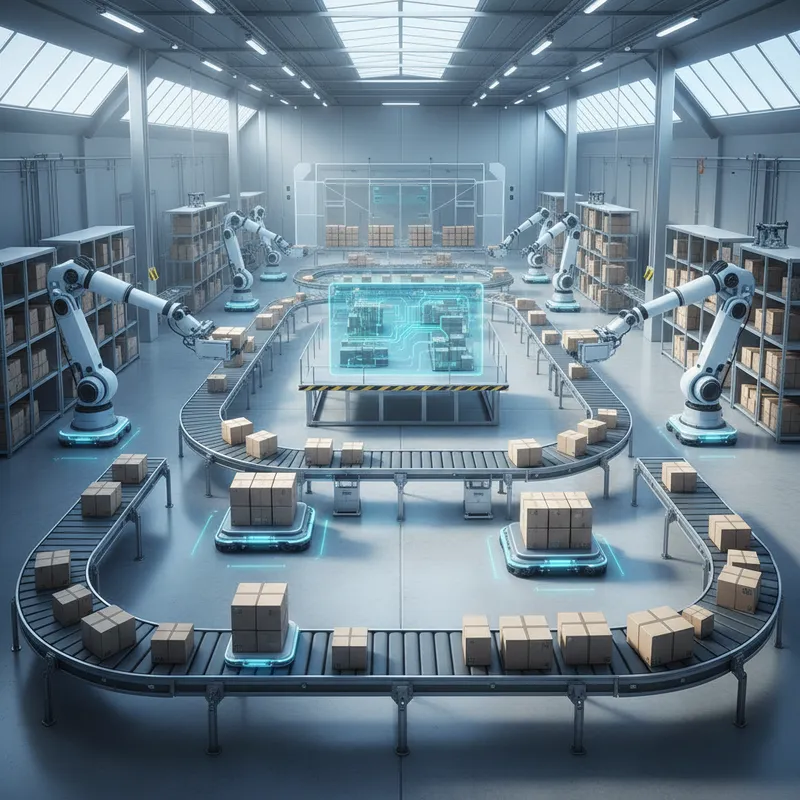
Measuring environmental benefits and calculating ROI
Measurement is central to proving the sustainability of AI automation. Decision makers need clear metrics to justify investments and to guide continuous improvement. The following measurement framework helps organizations quantify environmental benefits and calculate return on investment.
Start with baseline measurement. Document current energy use, material consumption, waste generation, and process costs for the target workflow. Use metered energy data, material logs, and process timing to create a comprehensive baseline. The sustainability of AI automation cannot be assessed without a rigorously defined starting point.
Identify key performance indicators. Typical KPIs include energy use per unit produced, material scrap rate, server hours per transaction, vehicle miles traveled per delivery, and emissions equivalents per output unit. Choose KPIs that map directly to environmental impact and business value. The sustainability of AI automation is easier to communicate when tied to clear, meaningful KPIs.
Use lifecycle assessment where appropriate. For hardware intensive projects, lifecycle analysis can reveal embodied carbon and material impacts that are not visible in operational measures. Include procurement, shipping, installation, operation, and disposal phases to capture the full footprint. The sustainability of AI automation planning is strengthened by lifecycle insights that inform procurement and design choices.
Model avoided emissions and cost savings. Compare the baseline to projected outcomes after automation. Monetize energy savings and reduced material costs alongside avoided penalties and improved throughput. The sustainability of AI automation often yields multi-dimensional benefits that include direct cost savings, reduced emissions, and improved resiliency.
Report and iterate. Share results with stakeholders using dashboards and periodic reviews. Use observability data to identify regressions or new opportunities. Continuous measurement ensures the sustainability of AI automation remains a living objective and not a one-time claim.
Lastly, account for uncertainty and risk. Sensitivity analysis helps understand how results change under different adoption rates, energy prices, and grid decarbonization paths. The sustainability of AI automation is resilient when plans account for variability and incorporate conservative estimates.
Governance, procurement, and organizational change
Delivering the sustainability of AI automation requires governance and organizational alignment. Without clear ownership, automation projects may optimize for narrow KPIs while ignoring environmental impacts. Effective governance ensures accountability and aligns incentives across functions.
Establish clear roles and responsibilities for sustainable automation. Include environmental impact objectives in program charters and define who owns data collection, modeling, and reporting. Procurement teams should require energy and lifecycle disclosures from vendors. Development teams should follow energy-aware coding and model deployment standards.
Integrate sustainability into procurement decisions. When evaluating vendors and technologies, include total cost of ownership, energy efficiency ratings, and expected lifecycle impacts in the evaluation criteria. The sustainability of AI automation relies on vendor choices as much as internal design decisions.
Drive cultural change through training and incentives. Teams that understand the environmental implications of design choices are more likely to adopt sustainable practices. Incentives can include recognition for projects that reduce energy use or waste, and performance metrics that reward sustainable outcomes. The sustainability of AI automation benefits from a culture that values measurement and continuous improvement.
Also align compliance, risk, and legal frameworks. Ensure that automation decisions comply with environmental regulations and reporting standards. Build risk management processes that address unintended consequences such as increased e-waste from rapid hardware turnover. The sustainability of AI automation is sustainable only when legal and ethical considerations are integrated into deployment strategies.
Future trends and strategic recommendations
Looking ahead, the sustainability of AI automation will be shaped by advances in efficient model architectures, wider adoption of renewable energy in compute infrastructure, and improved software tooling for energy-aware development. Organizations that proactively apply sustainable design principles will capture competitive advantage and reduce exposure to future regulatory and market shifts.
Strategic recommendations for leaders focused on the sustainability of AI automation include these priorities:
Set measurable targets - Define quantitative goals for energy reduction, emissions intensity, and material waste reduction tied to automation initiatives.
Institutionalize measurement - Make energy and material metrics part of project acceptance criteria and dashboards.
Prioritize high impact areas - Start with workflows that have clear waste or energy intensity and scale successful patterns across the organization.
Invest in workforce skills - Train teams on energy-aware design, model efficiency techniques, and sustainable procurement practices.
Collaborate across functions - Ensure IT, operations, procurement, and sustainability teams co-own automation projects.
By focusing on these actions, organizations can ensure the sustainability of AI automation is both strategic and operational. The near term focus on efficiency pays off as energy prices and environmental expectations evolve. Moreover, automation that reduces resource intensity supports resilience in supply chains and operations by reducing reliance on scarce inputs.

Practical checklist to implement sustainable automated workflows
Below is a concise, actionable checklist teams can use when designing or assessing automation projects to ensure the sustainability of AI automation is prioritized.
Define environmental KPIs aligned with business objectives.
Establish baseline measurements for energy, waste, and material use.
Select models and infrastructure based on right sizing and energy profiles.
Implement dynamic scaling and scheduling to reduce peak energy use.
Adopt model optimization techniques to reduce inference cost.
Instrument workflows for observability and continuous feedback.
Include lifecycle assessment in procurement decisions where relevant.
Provide training on energy aware development and sustainable procurement.
Report outcomes and iterate on automation design based on measurements.
Ensure governance and cross functional ownership for sustainability outcomes.
Applying this checklist increases the likelihood that automation projects will deliver the sustainability of AI automation as a measurable outcome. Each item maps to concrete steps that product and operations teams can execute without requiring radical organizational change. The cumulative effect of many such projects is significant reductions in energy use and waste across the enterprise.
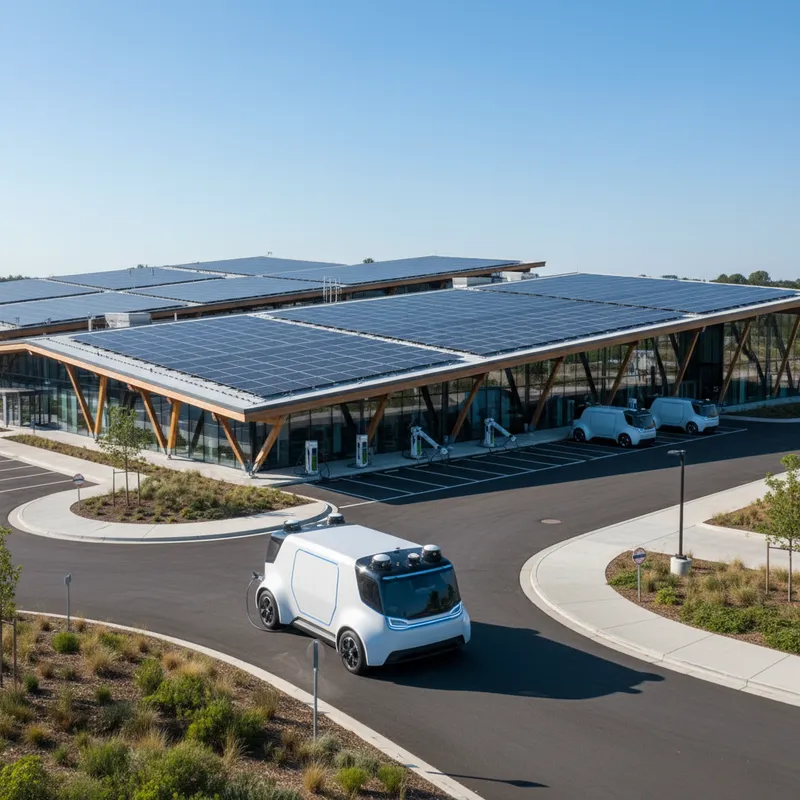
Common challenges and how to overcome them
Despite clear benefits, organizations may face barriers when pursuing the sustainability of AI automation. Typical challenges include lack of measurement, siloed ownership, upfront costs for efficient hardware, and limited internal expertise. The good news is each challenge has practical mitigations.
When measurement is lacking, start with small, high visibility pilots that instrument energy and waste metrics. Use the pilot results to build a business case for broader investment. To address siloed ownership, create cross functional working groups that include sustainability, IT, operations, and procurement. Shared goals and incentives help align effort and prevent local optimization at the expense of global sustainability.
Upfront costs for efficient infrastructure can be mitigated with total cost of ownership calculations that include energy savings over time and reduced maintenance. Leasing options and energy performance contracts can also reduce capital obstacles. To build internal expertise, invest in targeted training programs and partner with external specialists for knowledge transfer while upskilling teams.
Finally, to avoid creating new forms of waste such as increased e-waste, plan hardware refresh cycles carefully and include reuse and recycling pathways. The sustainability of AI automation depends on thinking beyond short term efficiency to long term asset management and circularity.
Conclusion
The sustainability of AI automation is a practical and strategic opportunity for organizations that want to reduce environmental impact while improving operational performance. By embedding energy and material considerations into the design and governance of automated workflows, teams can cut waste, lower energy consumption, and reduce costs. These benefits accrue across manufacturing, logistics, IT operations, facilities, and professional services. The cumulative effect of many automation projects, each optimized for sustainability, can materially lower an organizations carbon intensity and improve resilience to energy price volatility.
Key actions include right sizing models and compute, implementing dynamic scaling and scheduling, adopting model optimization techniques, and instrumenting workflows for continuous measurement. Procurement and governance play critical roles by ensuring that energy efficiency and lifecycle impacts are part of vendor selection and deployment criteria. Cross functional collaboration and clear ownership help prevent siloed decisions that could undermine sustainability goals. Organizations should prioritize pilot projects with measurable KPIs, scale successful patterns, and institutionalize sustainability checks into development and procurement workflows.
Measuring outcomes is essential. Start with baselines for energy use, material consumption, and waste, and track targeted KPIs such as energy per transaction and material scrap rates. Use lifecycle assessments where hardware impacts are significant and perform sensitivity analyses to understand the robustness of expected benefits. Reporting results transparently builds stakeholder trust and creates a feedback loop for continuous improvement. Decision makers should also account for long term effects, including the potential for avoided emissions and reduced operating costs.
Leadership commitment and workforce capability are necessary to realize the sustainability of AI automation at scale. Invest in training, create incentives for sustainable designs, and ensure that legal and risk frameworks are aligned with environmental objectives. A deliberate approach that balances short term gains with long term planning will unlock the dual advantage of efficiency and environmental performance.
Ultimately, the sustainability of AI automation is not a binary choice between growth and environmental responsibility. It is an integrative approach that transforms how organizations design, deploy, and operate automated systems. By making sustainability a core criterion for automation projects, organizations can achieve faster service delivery, lower costs, and meaningful reductions in environmental footprint. The path forward combines practical engineering, disciplined measurement, and strong governance to ensure that automation drives both business value and environmental progress.

